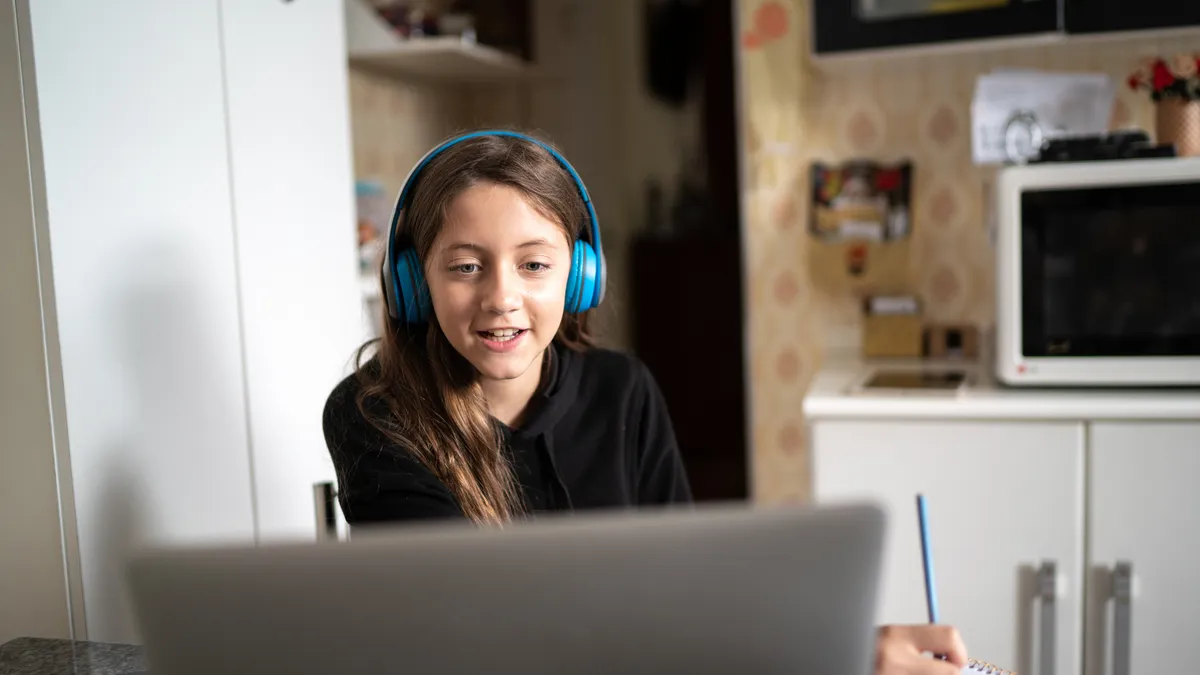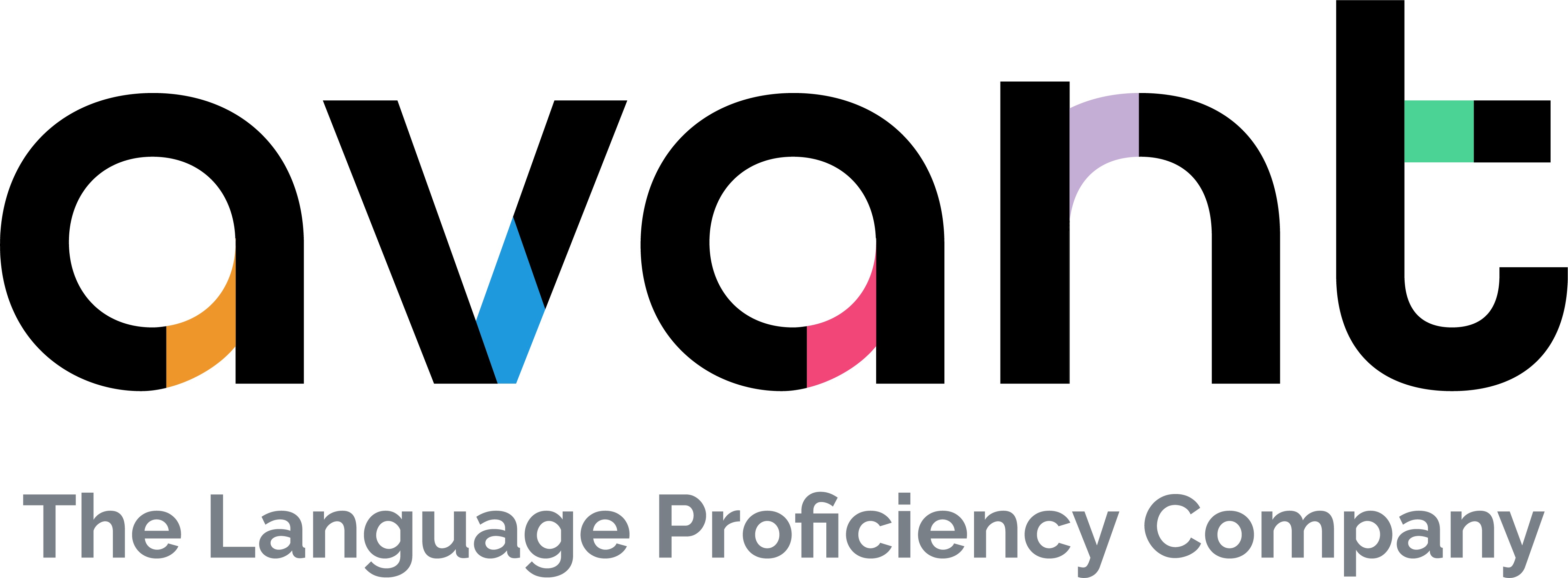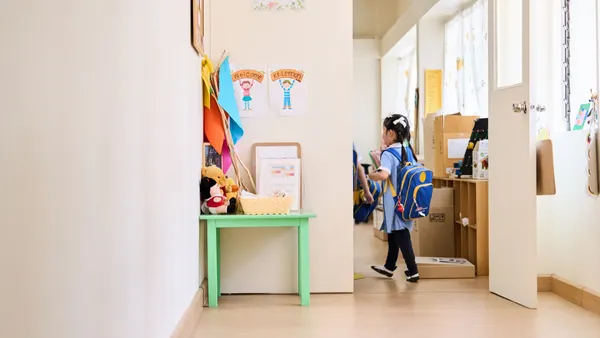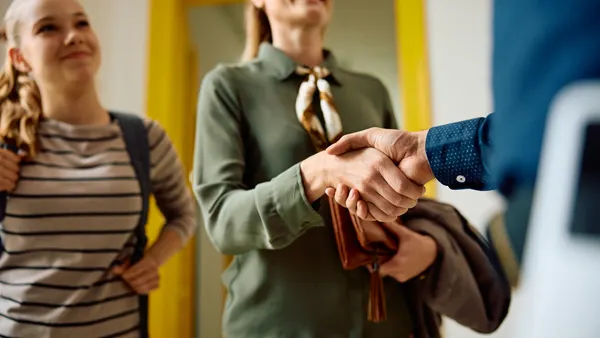Dive Brief:
- Schools continue to tweak their remote learning strategies, but some common solutions are emerging, according to a study from Bellwether Education Partners and Teach For America examining lessons learned by 12 district and charter schools that could allow for sustained and improving learning during school closures.
- In its analyses, the study found there is no one “right” way to perform distance teaching, but the remote learning processes of many districts and charters are similar to in-class instruction. They also found more of a focus on health and safety than academics in the spring, and while schools also made more efforts to connect with families and students, serving those with disabilities was a challenge across the board.
- Among the areas where best practices were identified are providing support and adjustments, innovative instructional approaches; providing for special needs students; big-picture planning and establishment of core principles; the design of data-intensive approaches; focusing on social-emotional learning; creating supportive school-student connections; and building relationships with families and communities.
Dive Insight:
As education leaders grapple with distance learning and reopening schools safely, common best practices are becoming part of the strategy. Maintaining connections and supporting students’ social-emotional needs is a top priority for many administrators, including Richard Gordon, principal at Paul Robeson High School in Philadelphia.
His goal as school starts this month is to improve communication and be transparent through regular updates. Derek McCoy, principal at North Asheboro Middle School in North Carolina, is most concerned about students’ health, but his district will also be improving remote learning interactions, expectations and monitoring.
On that hand, most schools are jumping back into curriculum and implementing higher expectations, whether students are in-person or not. There are ways this can be done effectively, teacher and principal Lindsay Mitchell writes for Edutopia. In her column, she urges educators to be simple, authentic, flexible, organized, concise and to use familiar platforms.
Instruction should be clearly organized, with infographics and flow charts breaking up the text, and embedded with hyperlinks. She recommends having a non-teacher take a look at the remote classroom's web page or site to make sure it is clear. She also points out students are being overloaded with information, so directions need to be quick and to the point.
Before the pandemic struck, Deirdre Edwards, curriculum team leader for the South Carolina Department of Education’s Virtual SC, wrote for District Administration that teachers should make connections with students through text messaging, email and online meeting tools. She said remote courses should include clear expectations and lay out course objectives, resources, activities and assessments. The district uses its in-house video production team to make engaging videos.
Distance learning means students receive lessons in their own unique home environments, and each is different, homeschool mother Bethany Mandel wrote for The Atlantic. Ultimately, parents continue to be the adults in charge during the school day, when and if they aren’t working themselves, so supporting parents’ efforts to teach and support their children is critical during distance learning days.






 Dive Awards
Dive Awards








